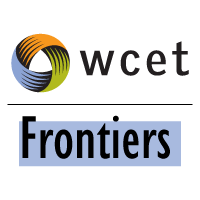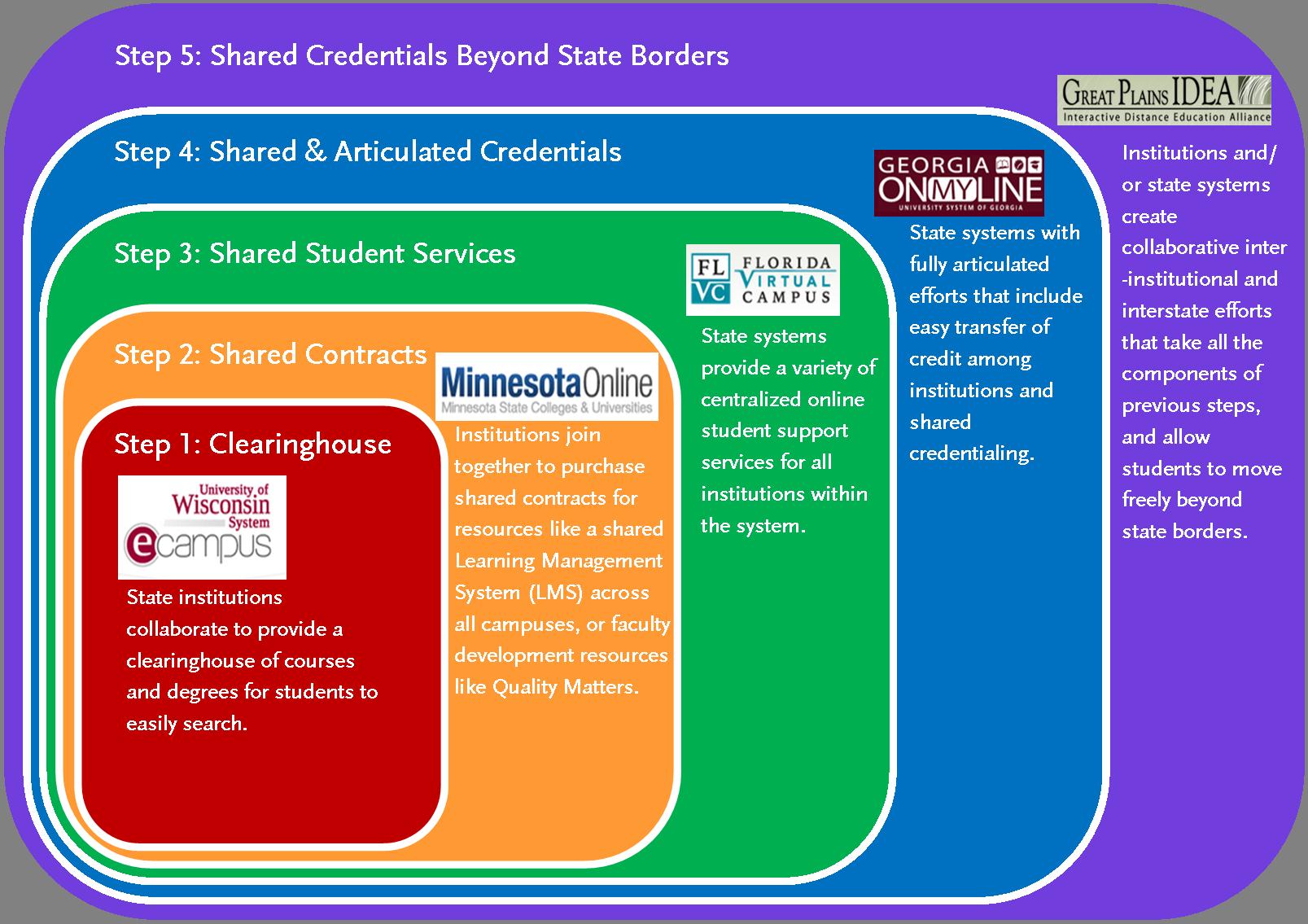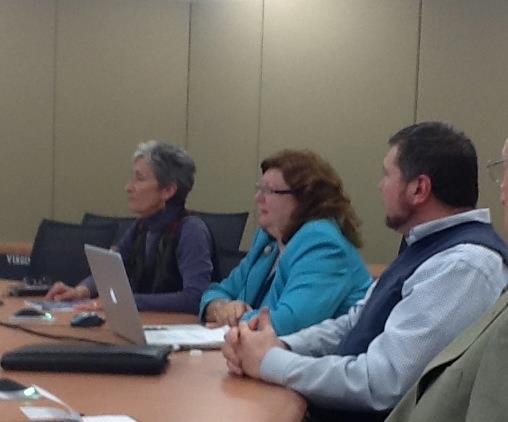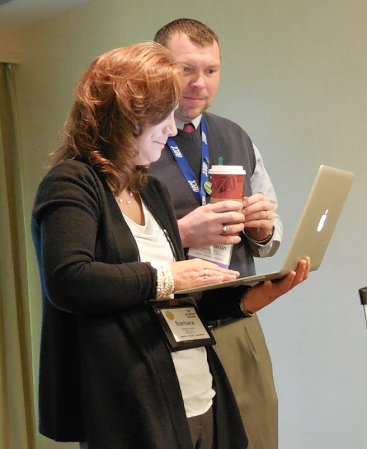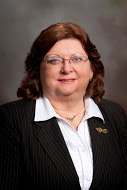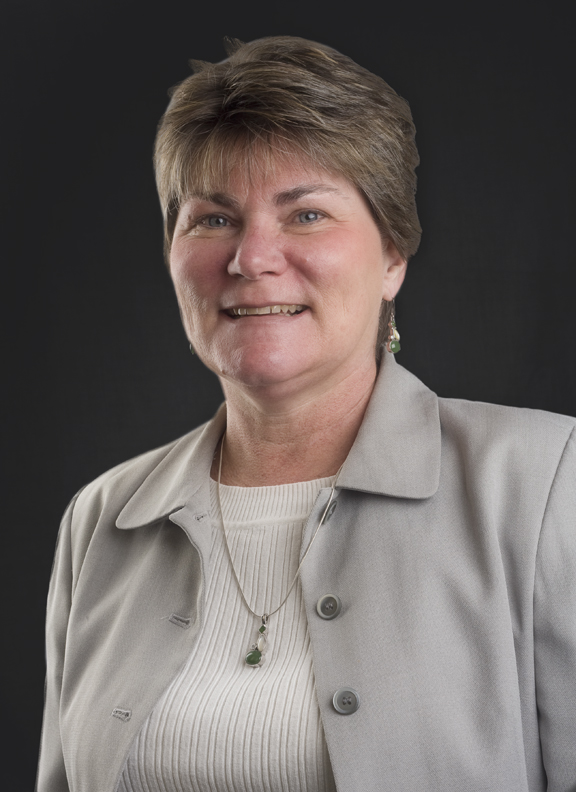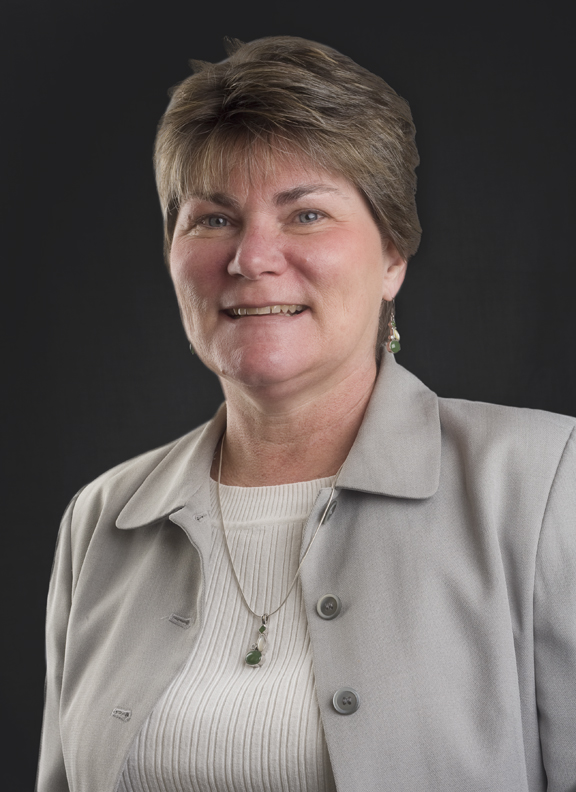The U.S. Department of Education’s Negotiated Rulemaking Committee is discussing the return of the federal regulation requiring institutions to be authorized in each state in which it enrolls students eligible for Title IV financial aid. The Committee meets next week for what is supposed to be its final chance to discuss this issue. Today (April 16) the Department released its proposed language for the regulation.
Next week, we will discuss the language including any revisions that we wish to propose. Finally, we are expected to vote on whether we agree with the final version of that language or not. If we agree (and all members have to agree), the Department continues with the agreed upon language. If not, the Department can proceed with its own language. Following the action of this Committee, the next step would be to release the proposed regulation for public comment before finalizing it.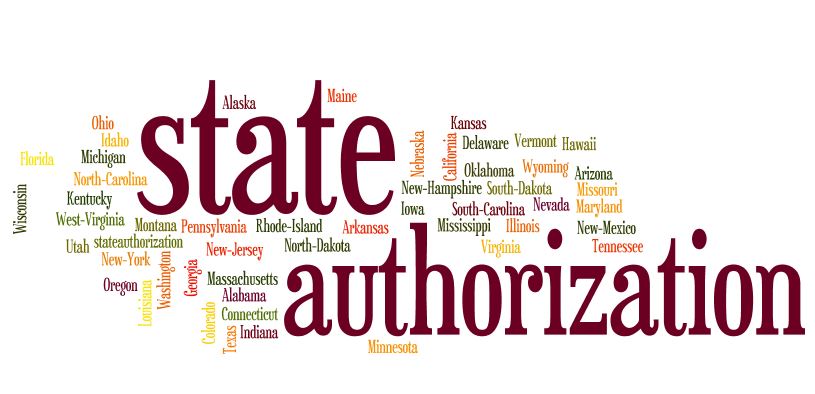
Highlights
I’ve not had a chance to absorb all of it. I’m doing this late and the Department likes lots of words, so I hope that I’m getting it correct. Here are a few highlights:
- A 50% threshold for a program in a state is included. This is new.
- it an institution is authorized in its home state that authorization covers students receiving Title IV in foreign countries.
- There is a clarification about approval from states that authorize by academic program.
- The prohibition on allowing states to authorize “based on accreditation, years in operation, or other comparable exemption” remains in this language. This will continue to be a point of contention.
- There is a new exemption for members of the armed forces, their spouse or dependent child.
- Support for reciprocity remains strong. If the language remains, current reciprocity agreements may need to make a change on how complaints are handled.
- There are new proposed requirements for students in programs lead to certification or allow a student to sit for licensure or certification exams.
The New Proposed Language
Below is the new language as released by the Department without track changes. You can see what they originally proposed in March in an earlier blog post.
Issue Paper 2
Program Integrity and Improvement Issues
Issue: State authorization of distance education providers as a component of institutional eligibility
Statutory cites: §§101(a)(2); 102(a)(1); 102(b)(1)(B); 102(c)(1)(B) of the HEA
Regulatory cites: 34 CFR §§600.4(a)(3); 600.5(a)(4); 600.6(a)(3); 600.9
Updated summary since March 26-28 meeting:
The definition of the term “legally authorized” under §600.2 would be amended to mean the legal status granted to an institution by a State in which the institution provides postsecondary education consistent with the requirements under §600.9.
Section 600.9(c)(1) would be amended to clarify that legal authorization in a State is for the purposes of institutional eligibility for funding under the HEA and would additionally provide that an institution is subject to new requirements in proposed §600.9(c)(11), The words “or in which the institution is otherwise subject to State jurisdiction as determined by the State” would be deleted and a new §600.9(c)(1)(ii) would be added in its place (see discussion below).
Section 600.9(c)(1)(i) would be amended to limit the applicability of these regulations to institutions that offer or will offer 50 percent or more of a postsecondary education program through distance or correspondence education to students in that State.
Proposed §600.9(c)(1)(ii) would require that, in addition to the requirements in §600.9(c)(1)(i), an institution must comply with any additional State requirements to be considered legally authorized in that State.
Institutional information previously required under proposed §§600.9(c)(2) and (3) would now be required along with the other institutional information requirements in amended §668.43(b) (see discussion below).
Section 600.9(c)(3)(ii) would be amended to clarify that an institution must apply for approval in its new home State.
Section 600.9(c)(4) would be amended to clarify that an institution or any of its additional locations would be considered to be legally authorized to offer distance or correspondence education to students physically located in that State as long as it meets that State’s requirements for offering distance or correspondence education.
Proposed §600.9(c)(5) would provide that an institution authorized under paragraph §600.9(c)(1) or (c)(4) would be considered to be legally authorized for purposes of providing title IV, HEA program funds to a student located in a foreign location or a foreign country.
Proposed §600.9(c)(6) would provide that, in cases where a State provides programmatic approval to an institution to offer a specific program of study by distance or correspondence education, an institution would be considered to be legally authorized for purposes of providing title IV, HEA funding to students located in that State who are enrolled in those State approved distance or correspondence education programs.
Section 600.9(c)(8) would be amended to clarify that the legal authorization in a State is for the purposes of institutional eligibility for funding under the HEA.
Section 600.9(c)(10) would be amended to include that an institution is considered to be legally authorized to operate postsecondary education in that State if it is a religious institution exempt from State authorization.
Section 600.9(c)(11)(i) would provide that, in the case where an institution enrolls a member of the armed forces or a member’s spouse or dependent child in distance or correspondence education while the student’s home or permanent duty station is in a State where that institution is legally authorized, but subsequently, the student’s home or permanent duty station changes, the institution would still be considered legally authorized to provide title IV, HEA program funds to the student for the duration of the student’s continuous enrollment in that program. Section 600.9(c)(11)(ii) would provide definitions for “a member of the armed forces,” “armed forces,” and “active duty for a period of more than 30 days.”
Section 600.9(c)(12) would be amended to define “prospective student” to have the same meaning as §668.41 and would substitute “using print or electronic means” for the term “in writing” to clarify the notification process.
Section 600.9(c)(13)(i) would be amended to provide additional circumstances under which an institution authorized under a State-to-State or State authorization reciprocity agreement could lose its State authorization and the consequences that would follow as a result, unless the institution could demonstrate that it meets the requirements to be legally authorized under another approach in §600.9(c)(1). Section 600.9(c)(13)(ii) would be amended to clarify that the “additional time” for which an institution could remain legally authorized in a State would be identified by the State and agreed to by the Secretary.
Proposed §600.9(c)(14) would provide the consequences for an institution legally authorized under §600.9(c)(6) if a State withdraws its approval for the institution to offer distance or correspondence education in that State.
Proposed §600.9(d) would provide that, regardless of its compliance with the State authorization regulations under §600.9(a), (b), or (c), an institution would not be considered legally authorized for purposes of institutional eligibility for funding under the HEA for a program offered in a State if graduates from those programs are not eligible to receive certification or sit for the licensure or certification examinations necessary for them to obtain employment in the State in the occupation for which the program is intended, unless the institution obtains written acknowledgement from each student before he or she enrolls in the program that the student understands the program will not make him or her eligible to obtain employment in that State.
Change:
600.2 Definitions
* * * * *
Legally Authorized: The legal status granted to an institution through a charter, license, or other written document issued by the appropriate agency or official of the State in which the institution is physically located. Except as otherwise provided in Part E with respect to foreign institutions, the legal status granted to an institution, in accordance with §600.9, by a State in which the institution provides postsecondary education.
600.9 State authorization.
* * * * *
(c) State authorization of distance or correspondence education providers. (1) Subject to paragraph (c)(2) , (c)(3), and (c)(11) of this section, an institution described under §§600.4, 600.5, and 600.6 that offers postsecondary education through distance or correspondence education to students in a State in which the institution is not physically located is considered to be legally authorized in that State for purposes of institutional eligibility for funding under the HEA if–
(i) For an institution that offers or will offer 50 percent or more of a postsecondary education program through distance or correspondence education to students in that State–
(A) The State has a process to review and appropriately act in a timely manner on complaints concerning the institution, including enforcing applicable State law, and has the final authority to resolve complaints and enforce applicable State law; and
(B) The institution meets State requirements that it be approved or licensed by name–
(1) By the State to offer postsecondary distance or correspondence education, including programs leading to a degree or certificate, in that State;
(2) To offer postsecondary distance or correspondence education, including programs leading to a degree or certificate, in that State under a State-to-State agreement administered by the participating States; or
(3) To offer postsecondary distance or correspondence education, including programs leading to a degree or certificate, by a State that approves and annually reviews the implementation of a State authorization reciprocity agreement administered by a non-State entity; and
(ii) Notwithstanding paragraph (c)(1)(i) of this section, the institution meets the additional requirements for legal authorization in that State as the State may establish.
(2) An institution described under paragraph(c)(1)of this section must meet the requirements under §668.43(b) with respect to providing students with information on the student complaint process.
(3)(i) An institution described under §600.4, 600.5, or 600.6 that solely provides distance education must additionally demonstrate that it is legally authorized to operate in its home State consistent with paragraphs (a) and (b) of this section. For purposes of this section, the institution’s home State is the State in which the institution’s principal office is physically located.
(ii) If such an institution changes its home State, the institution must apply for approval and provide the Secretary with documentation demonstrating that it is legally authorized in its new home State under paragraph (a) or (b) of this section to be considered an eligible institution.
(4) An institution described under §600.4, 600.5, or 600.6 that meets the requirements under paragraph (a) or (b) of this section for a State in which the institution or any of its additional locations is physically located is considered to be legally authorized to offer distance or correspondence education to students physically located in that State as long as it meets that State’s applicable requirements for offering distance or correspondence education.
(5) An institution described under §600.4, 600.5, or 600.6 that is authorized to offer distance or correspondence education under paragraph (c)(1), (c)(3), or(c)(4) of this section is considered to be legally authorized for purposes of providing title IV, HEA program funds to a student located in a foreign location or foreign country.
(6) If a State under the requirements of §600.9(c)(1)(i)(A) provides programmatic approval to an institution described under §600.4, 600.5, or 600.6 to offer a specific program of study by distance or correspondence education, the institution is considered to be legally authorized for purposes of providing title IV, HEA funding to students in that State who are enrolled in the State-approved distance or correspondence education program.
(7) An institution must provide documentation of each applicable State approval or license to the Secretary upon request.
(8) An institution is not considered to be legally authorized to offer postsecondary distance or correspondence education in a State for purposes of institutional eligibility for funding under the HEA if it is exempt from State approval or licensure requirements based on accreditation, years in operation, or other comparable exemption.
(9) The Secretary considers an institution to meet the provisions of paragraph (c)(1) or (c)(4) of this section if the institution is authorized by name to offer distance or correspondence education beyond secondary education by–
(i) The Federal Government; or
(ii) As defined in 25 U.S.C. §1802(2), an Indian tribe, with respect to students who legally reside on tribal lands, if the tribal government has a process to review and appropriately act on complaints concerning an institution and enforces applicable tribal requirements or laws.
(10)(i) Notwithstanding paragraphs (c)(1), (c)(2), (c)(3), (c)(4), (c)(5), and (c)(6) of this section, an institution is considered to be legally authorized to operate educational programs beyond secondary education in a State if it is exempt from State authorization as a religious institution under that State’s constitution or State law.
(ii) For purposes of this paragraph, a religious institution is an institution that meets the requirements of paragraph (b)(2) of this section.
(11)(i) If an institution enrolls a member of the armed forces, or a member’s spouse or dependent child, in distance or correspondence education while the member’s home or permanent duty station is in a State where the institution is authorized to offer that distance or correspondence education under paragraph (c)(1) or (c)(4) of this section, and the member’s home or permanent duty station subsequently changes so that neither the member’s home nor permanent duty station is in a State where the institution is authorized to offer distance or correspondence education under paragraph (c)(1) or (c)(4) of this section, the institution is considered to be legally authorized in that State or foreign location for purposes of providing title IV, HEA program funds to the member, or the member’s spouse or dependent child, for the duration of the member’s, or the member’s spouse’s or dependent child’s, enrollment in the program in which he or she originally enrolled, provided the member, or the member’s spouse or dependent child, is continuously enrolled at the institution.
(ii) For purposes of this section–
(A) A member of the armed forces is a member of the armed forces who is on active duty for a period of more than 30 days;
(B) The terms “armed forces” and “active duty for a period of more than 30 days” have the meaning given those terms in 10 U.S.C.101.
(12) An institution described under paragraph (c)(1), (c)(3), or (c)(4) of this section that loses its State approval to offer distance or correspondence education is considered to be an ineligible institution in that State and must immediately inform current students and prospective students, as defined in 34 CFR 668,41, in writing, including through electronic means, that it is prohibited from disbursing Federal student aid to students participating in distance or correspondence education in that State because the institution is no longer considered to be legally authorized by that State. This information must also be immediately posted prominently on the institution’s website.
(13)(i) If an institution was considered to be legally authorized to offer distance or correspondence education by a State under paragraph (c)(1)(i)(B)(2) or (c)(1)(i)(B)(3) of this section and the State withdraws from the State-to-State or State authorization reciprocity agreement, or the non-State entity administering the State authorization reciprocity agreement ceases to operate, the institution is considered an ineligible institution in that State. If this occurs, the institution must immediately inform current and prospective students, as defined in 34 CFR 668.41, in writing, including through electronic means, that it is prohibited from disbursing Federal student aid to students participating in distance or correspondence education because the institution is no longer considered to be legally authorized by the State, unless it can demonstrate that it meets the requirements to be legally authorized under another approach described in paragraph (c)(1) of this section. This information must also be immediately posted prominently on the institution’s website.
(ii) Notwithstanding paragraph (c)(13)(i) of this section, the Secretary considers an institution to remain legally authorized in that State for such additional time as identified by the State and agreed to by the Secretary based on an ongoing review of documentation submitted by the institution of steps taken and to be taken by the institution and the State to enable the institution to meet the requirements of paragraphs (c)(1), (c)(2), and (c)(4) of this section, as applicable.
(14) If an institution offering distance or correspondence education is considered to be legally authorized consistent with paragraph (c)(6) of this section and the State withdraws its approval for the institution to offer the distance or correspondence education program in that State, the institution is prohibited from disbursing Federal student aid to students participating in the distance or correspondence education program in that State. The institution must immediately inform current students and prospective students, as defined in 34 CFR 668.41, in writing, including through electronic means, that it is prohibited from disbursing Federal student aid to students participating in that distance or correspondence education program. This information must also be immediately posted prominently on the institution’s website.
(d) Notwithstanding paragraphs (a), (b) and (c) of this section, an institution is not considered to be legally authorized for purposes of institutional eligibility for funding under the HEA with respect to programs offered in a State if graduates from those programs are not eligible to receive certification or sit for the licensure or certification examinations necessary for the graduates to obtain employment in the State in the occupation for which the program is intended, unless the institution obtains written acknowledgement from each student before enrollment that graduation from the program will not enable the student to obtain employment in that State.
Summary of change to §668.43:
Section 668.43(a) and (b) would be amended to require that an institution disclose to enrolled and prospective students specific information regarding the student complaint process if the institution (1) offers or will offer 50 percent or more of a postsecondary education program through distance or correspondence education to students in a State and is authorized in that State under a State-to-State agreement or a State authorization reciprocity agreement administered by a non-State entity; or (2) is located in a State but has either an additional location at which 50 percent or more of a program is offered or will be offered, or a branch campus, that is located in a foreign country, i.e., not in a State.
In conjunction with current regulations, these additions would mean that an institution would be required to make the information regarding the student complaint procedures that apply to distance/correspondence education and foreign locations/branches readily available to enrolled and prospective students through appropriate publications, mailings or electronic media (§668.41(d)). In addition, a brief description of this student complaint procedure information would be incorporated into the list of information that an institution must provide to enrolled students in an annual notice, together with an explanation of how to obtain the information (§668.41(c)). An institution would be required to provide the annual notice containing this information on a one-to-one basis through a direct individual notice to each enrolled student. The institution would be required to make this notice through an appropriate mailing or publication, including direct mailing through the U.S. Postal Service, campus mail, or electronic mail. Posting on Internet or Intranet Web sites would not constitute notice. If the institution disclosed the consumer information by posting the information on a Web site, it would be required to include in the notice the exact electronic address at which the information is posted, and a statement that the institution will provide a paper copy of the information on request (§668.41(c)(2)).
Change:
§668.43 Institutional information.
(a) Institutional information that the institution must make readily available to enrolled and prospective students under this subpart includes, but is not limited to—
* * * * *
(6)(i) The names of associations, agencies or governmental bodies that accredit, approve, or license the institution and its programs and the procedures by which documents describing that activity may be reviewed under paragraph (b)(1) of this section; and
(ii) The information regarding accreditor and State complaint processes required under paragraphs (b)(2), (b)(3) and (b)(4) of this section;
* * * * *
(b)(1) The institution must make available for review to any enrolled or prospective student upon request, a copy of the documents describing the institution’s accreditation and its State, Federal, or tribal approval or licensing.
(2) The institution must also provide its students or prospective students with contact information for filing complaints with its accreditor and with its State approval or licensing entities and any other relevant State official or agency that would appropriately handle a student’s complaint.
(3) For an institution that offers or will offer 50 percent or more of a postsecondary education program through distance or correspondence education to students in a State and that is authorized in that State under a State-to-State agreement or a State authorization reciprocity agreement administered by a non-State entity under 34 CFR 600.9(c)(1)(i)(B)(1) or 600.9(c)(1)(i)(B)(2), respectively, the institution must disclose to enrolled and prospective students in accordance with §668.41 that–
(i) The institution is participating in a State-to-State agreement, or a State authorization reciprocity agreement administered by a non-State entity, as applicable; and
(ii) If the student is not satisfied with the result of the student complaint process provided for under the agreement, the student may utilize the student complaint process in the State in which the student receives the distance or correspondence education.
(4) For an institution that is located in a State that has an additional location at which 50 percent or more of a program is offered or will be offered or a branch campus that is located in a foreign country, i.e., not in a State, the institution must disclose to enrolled and prospective students in accordance with §668.41 that students at the branch campuses or additional locations may utilize the complaint process of the State in which the main campus of the institution is located for any complaints regarding that additional location or branch campus.
= = = = == = = = =
Would love to hear your comments.
Russell Poulin
Interim Co-Executive Director
WCET – WICHE Cooperative for Educational Technologies
rpoulin@wiche.edu
If you like our work, join WCET!
